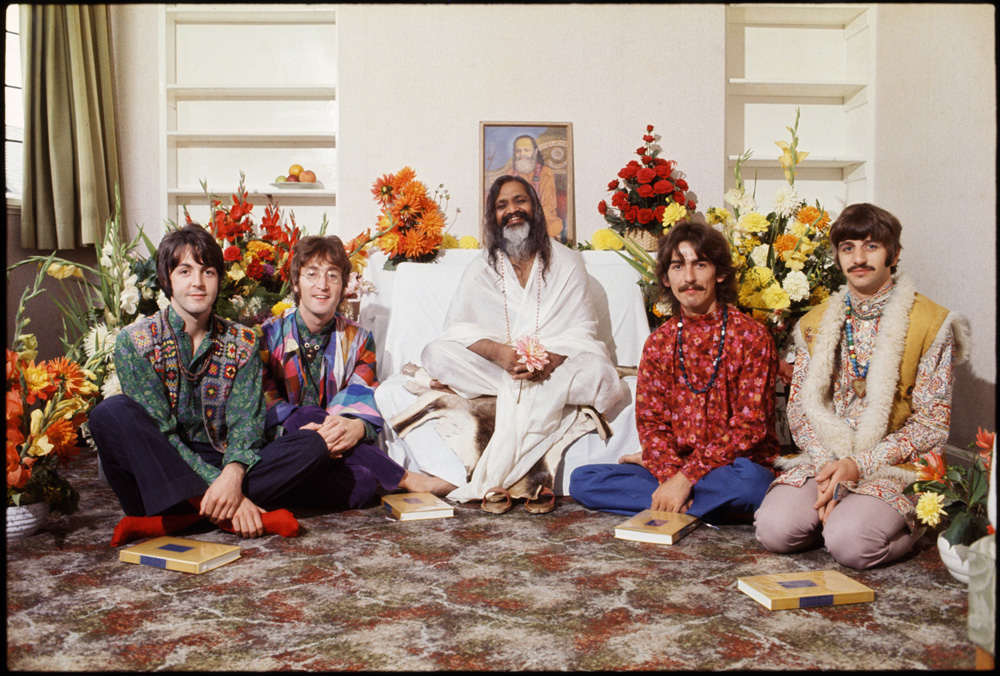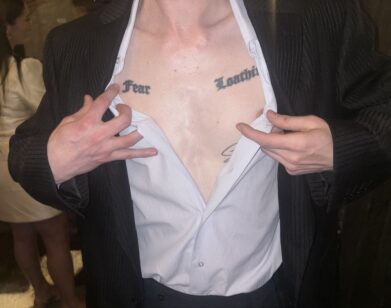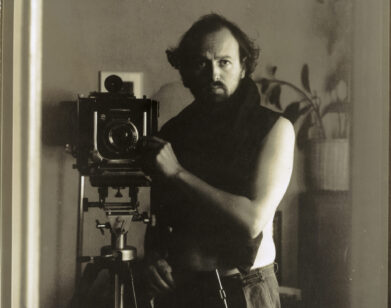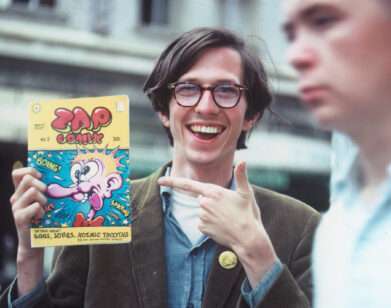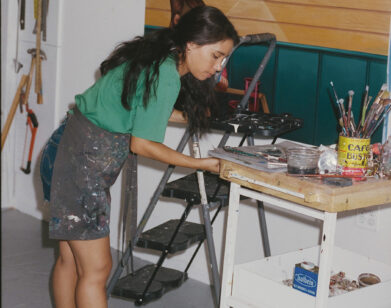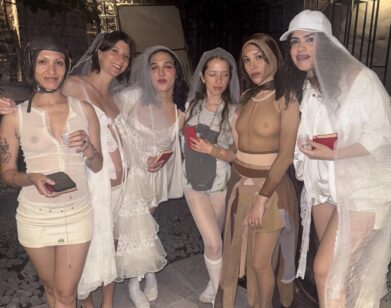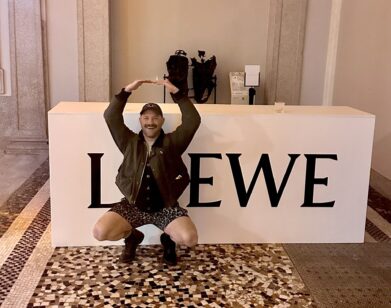Celebrated Assignments: Henry Grossman & Deborah Feingold
Acclaimed photographers Henry Grossman and Deborah Feingold discussed snapping some of rock’s legendary musicians at last night’s opening of the “Behind the Lens” exhibit at the Roger Hotel. The installation features dozens of iconic images by a variety of rock photogs, from the Beatles, the Rolling Stones, Bob Dylan, Jimi Hendrix, and James Brown in the 60s; to Freddie Mercury, David Bowie, the Ramones, and Patti Smith in the 70s; Madonna, Prince, Sting, Bono, BruceSpringsteen, Cyndi Lauper, the Beastie Boys, Run-DMC, and LL Cool J inthe 80s; to Tupac Shakur, Kid Rock, and Beck in the 90s; and Lady Gaga,Jay-Z, Questlove, and the Strokes today.
The photos are from Rock Paper Photo, the online photography gallery co-founded by Madonna’s manager, Guy Oseary, who is also a photographer and collector.
Time magazine sent Grossman to cover the Beatles on The Ed Sullivan Show and ultimately to Nassau and Austria to shoot them on location, while filming their 1965 movie, Help!. Grossman said it led to a long friendship and rare access to the band, including photos with the Maharishi Mahesh Yogi and at recording sessions at Apple studios. “They were each wonderfully individual and unique people,” he told us of the Fab Four. “There was no put-on. Their personas onstage were exactly who they were among themselves. I have a picture of me just running around with John on the beach, clowning around. So full of humor. That was who they were.”
Grossman talked about the importance of relating to his subjects on a personal level to achieve intimacy in photos. His Life magazine editor told him to create “less good but more storytelling pictures”: “I’d been looking for the right light and composition but learned to focus on gesture and what’s really going on—are they uncomfortable; the little details that are revealing of personality. And People magazine always looked for something surprising.”
Feingold was dating jazz bassist Scott Lee and began photographing some of his friends, which led to her first photo shoot, of trumpet player Chet Baker. “I was learning as I was shooting and that’s what jazz is—improvisation,” she told us. As staff photographer for Musician magazine, Feingold had access to ’80s superstars when they were just beginning their careers. It was an era before handlers and branding obscured raw, unvarnished personalities. “It was a time before the entourages of today but post-’70s, when you got five days with bands,” she said. We chatted with Feingold about some of her experiences.
On Prince: “I was shooting for the Soho Weekly News at the Bottom Line in the West Village, and it was his first New York gig. It might have been ’81. I went backstage and asked to take a portrait and was told that Prince doesn’t do that. I was very shy, so I said okay and left. While I was shooting the concert, his manager tapped me on the shoulder and said, ‘You were so polite and nice, you can come backstage.’ I went to his dressing room and shot six frames. He didn’t speak at all, and I didn’t know what to say. So finally to break the ice, I just said, ‘Here, you take a picture of me.’ And he did! His were my favorite concerts to shoot—I must have done four of them—because he was so hard-working, onstage and off, and a musical genius. I came from a jazz background and had never heard anyone like him.”
On LL Cool J: “I was told to show up at his grandma’s house, go down to the basement, and take the picture there. We moved some stuff around and I shot from above. He was 19 and very shy. Rick Rubin from Def Jam was with us.”
On Beastie Boys: “I shot them for Elle magazine, so it was a studio setting. They were typical teenage boys.”
On Keith Richards and Mick Jagger: “I was assigned by Mojo magazine in London, who had asked a series of musicians to pose with the record album that most influenced them. Keith’s wife invited us for lunch and made sandwiches. He was very relaxed and accommodating. Mick was surprisingly shy offstage, but he danced for me during our photo shoot. You can tell so much about somebody from body language and in my photo, he’s peeking out from behind his hands.”
On the Talking Heads: “Musician magazine did a lot on David Byrne. He was a great collaborator. He was always really game to try new, weird things. He had a great visual sense.”
On Madonna: “Her first album had just come out. She was wearing all these black rubber bracelets. She came to my little room in the Village, where everything folded up, and we turned it into a studio. We shot for 20 minutes. She performed for me and it was very early in her career but she was confident. I had a bowl of bubblegum and lollipops in my apartment, and she worked it. I refer to it as the Lollipop Shoot.”

